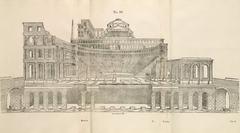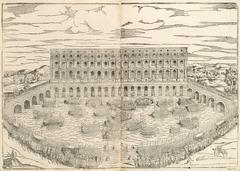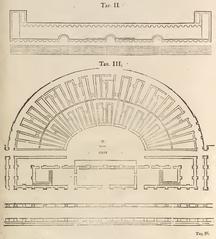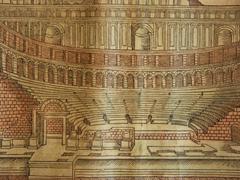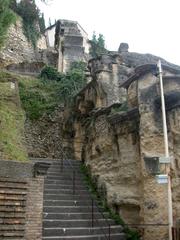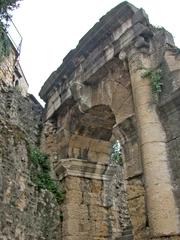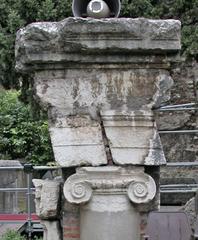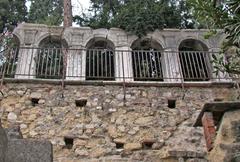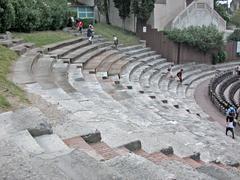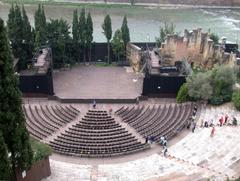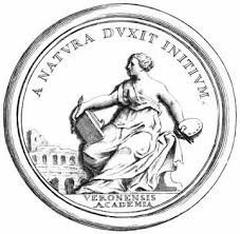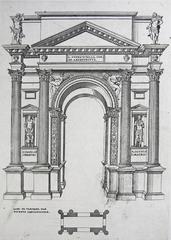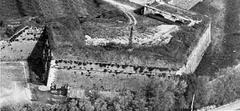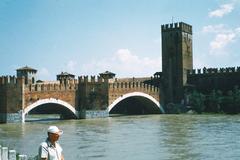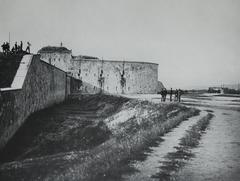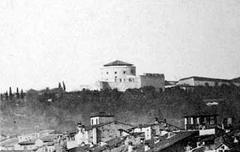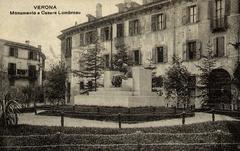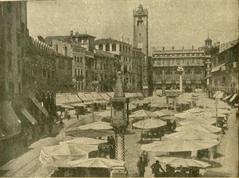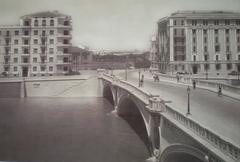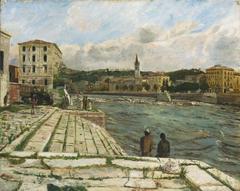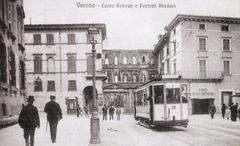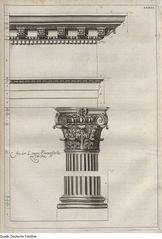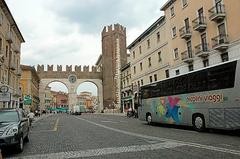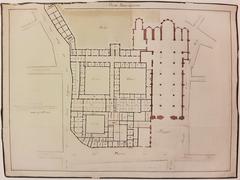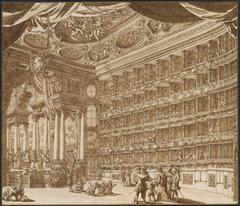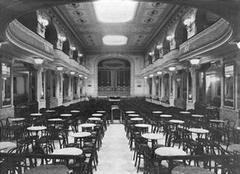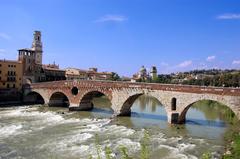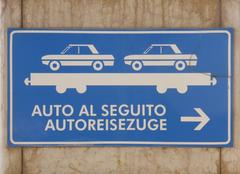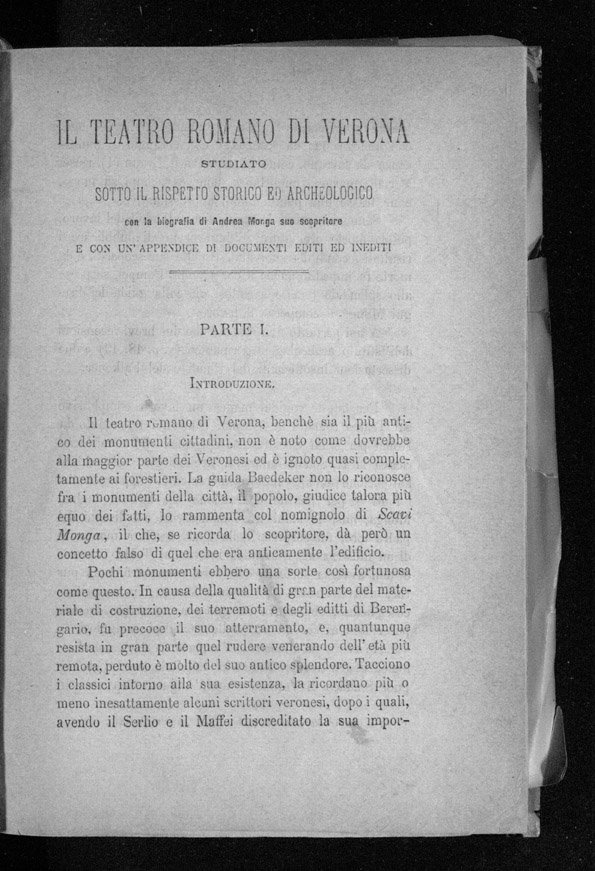
Roman Theatre of Verona: Visiting Hours, Tickets, and Historical Sites Guide
Date: 14/06/2025
Introduction
Nestled on the northern bank of the Adige River at the foot of Colle San Pietro, the Roman Theatre of Verona is a magnificent testament to the city’s Roman heritage and architectural ingenuity. Constructed in the late 1st century BCE, the theatre was ingeniously integrated into the natural hillside, creating an impressive semicircular cavea with optimal acoustics and panoramic vistas of Verona (Wikipedia; Joy della Vita). Today, it is more than an archaeological site—it remains a vibrant cultural venue, hosting performances and exhibitions that bridge ancient history with modern artistic expression (The Travel Folk).
This guide provides detailed information on the theatre’s history, architecture, visiting hours, ticketing, accessibility, nearby attractions, and travel tips. Whether you’re a history enthusiast, a culture lover, or a first-time visitor, this resource will help you make the most of your experience at one of northern Italy’s most treasured landmarks (Veronissima; Holidify).
Table of Contents
- Introduction
- History and Construction
- Architectural Features
- Roman Verona: Urban Role
- Theatre’s Decline and Rediscovery
- Archaeological Significance
- Visiting Hours and Tickets
- Accessibility and Tips
- Special Events and Performances
- Nearby Attractions
- Visuals and Media
- FAQ
- Conclusion
- References
History and Construction
The Roman Theatre of Verona (Teatro Romano di Verona) ranks among the most significant Roman remnants in northern Italy. Built in the late 1st century BCE, its location on the northern bank of the Adige River was chosen for both strategic and aesthetic reasons. The theatre was constructed against the slopes of San Pietro hill, leveraging the natural topography for seating and acoustics (Wikipedia; Holidify).
Before construction, two robust walls were erected along the river to protect the site from flooding, a testament to Roman engineering foresight. The theatre originally extended from the river up the hillside, culminating in an ancient temple at the summit—an architectural choice reflecting the Roman penchant for integrating religious and civic life.
Architectural Features
Design and Layout
Following the classical Roman model, the theatre features a semicircular cavea (seating area), an orchestra, and a stage (scaenae). The cavea, carved directly into the hillside, allowed for tiered seating capable of accommodating several thousand spectators (ArcheoVeneto). The structure included arcades, loggias, and a richly decorated stage building with columns and statues.
Materials and Techniques
Roman builders used local limestone and marble, with opus caementicium (Roman concrete) for foundations and retaining walls. The integration with the landscape minimized the need for extensive substructures, ensuring stability and durability.
Surviving Elements
Substantial portions of the cavea remain, as do fragments of the orchestra and stage. The theatre’s orientation offers sweeping views of the city and river, enhancing the visitor experience.
Roman Verona: Urban Role
The theatre was central to Roman Verona, a city strategically located at the crossroads of the Via Postumia and Via Claudia Augusta (World History Journal). Along with the Arena, it formed a nucleus of public life, hosting performances, oratory, and civic ceremonies. The presence of such monumental architecture reflected Verona’s prosperity and its integration into the Roman world (Veronissima).
Theatre’s Decline and Rediscovery
With the fall of the Roman Empire, many structures—including the theatre—were abandoned or repurposed. During the Middle Ages, the theatre became buried beneath new buildings, including the church of San Siro. Systematic excavations began in the 19th century, uncovering the cavea, steps, arcades, and stage remnants (Holidify; Wikipedia).
Archaeological Significance
Today, the Roman Theatre is recognized as one of the best-preserved examples in northern Italy, second only to Rome in terms of visible remains (Veronissima). The adjoining Archaeological Museum, housed in a former monastery, displays mosaics, sculptures, inscriptions, and everyday objects recovered during excavations, offering a window into Roman life in Verona.
The theatre is part of Verona’s UNESCO World Heritage designation, reflecting its universal cultural value (World History Journal).
Visiting Hours and Tickets
- Opening Hours: The Roman Theatre and Archaeological Museum are generally open Tuesday to Sunday, from 10:00 am to 6:00 pm. Closed Mondays. During summer events, closing may be earlier—always check the official museum website for updates.
- Ticket Prices (2025): Adults €9; reduced rates for EU citizens 18–25 (€4); children under 18 free; Verona Card holders free. Combined tickets with other sites are available.
- How to Purchase: Tickets can be bought on-site or online—online purchase is recommended in peak season to avoid queues.
Accessibility and Tips
- Accessibility: Partial. The main entrance and lower levels are accessible; upper tiers require stair climbing. Some ramps and designated paths exist, but the hillside location and ancient steps can be challenging.
- Tips: Wear comfortable shoes, as stone steps can be uneven. Visit in the late morning or early afternoon for lighter crowds and better lighting. Audio guides are available for a small fee, and guided tours are recommended for a richer experience.
Special Events and Performances
The theatre hosts the annual Verona Summer Theatre Festival (Estate Teatrale Veronese), with performances from June to September, including the Verona Shakespeare Festival (The Travel Folk). These events transform the ancient theatre into a vibrant cultural hub under the stars. Tickets for events should be booked in advance.
Nearby Attractions
- Castel San Pietro: Offers panoramic city views; easily accessible from the theatre.
- Ponte Pietra: A scenic Roman bridge nearby.
- Arena di Verona: The city’s famous Roman amphitheatre.
- Verona Historical Center: Rich in medieval and Renaissance architecture.
- Local Dining: Riverside trattorias and gelaterias in the neighborhood.
Visuals and Media
- High-quality images of the cavea and stage with alt text such as “Roman Theatre of Verona ruins” enhance SEO and engagement.
- Virtual tours and interactive maps are available on official tourism websites, providing immersive previews.
Frequently Asked Questions (FAQ)
What are the Roman Theatre of Verona opening hours?
Tuesday to Sunday, 10:00 am–6:00 pm; closed Mondays. Hours may vary for events.
How much are tickets?
€9 for adults, reduced rates for students and free for children under 18 and Verona Card holders.
Is the site accessible for disabled visitors?
Partial access; main entrance and lower tiers are accessible, but upper sections require stairs.
Are guided tours available?
Yes, in multiple languages; booking in advance is recommended.
Are performances held at the site?
Yes, especially during summer festivals.
Can I buy tickets online?
Yes, through the official museum website.
Conclusion
The Roman Theatre of Verona is a must-visit destination that offers a unique blend of ancient history and vibrant cultural life. From its strategic riverside setting and impressive architecture to its ongoing use as a performance venue, it embodies both the grandeur of Roman civilization and the energy of modern Verona. Pair your visit with other nearby historical sites for a full experience, and consider attending a live performance for a truly memorable evening.
For the latest updates, event news, and travel tips, download the Audiala app, follow us on social media, and explore our related posts to make the most of your Verona adventure.
References
- Roman theatre, Verona, 2025, Wikipedia
- Roman Theatre of Verona, 2025, Holidify
- Teatro Romano di Verona, 2025, Joy della Vita
- Verona: A City of History, Culture and Resilience, 2025, World History Journal
- Roman Theatre of Verona, 2025, Veronissima
- 2 Days in Verona, Italy, 2025, The Travel Folk
- Verona Opera and Arena, 2025, Italy Heaven
- Official Verona Tourism Website, 2025


